The Brain Chamber » Ancient Civilizations » The Ancient Egyptians » Page 17
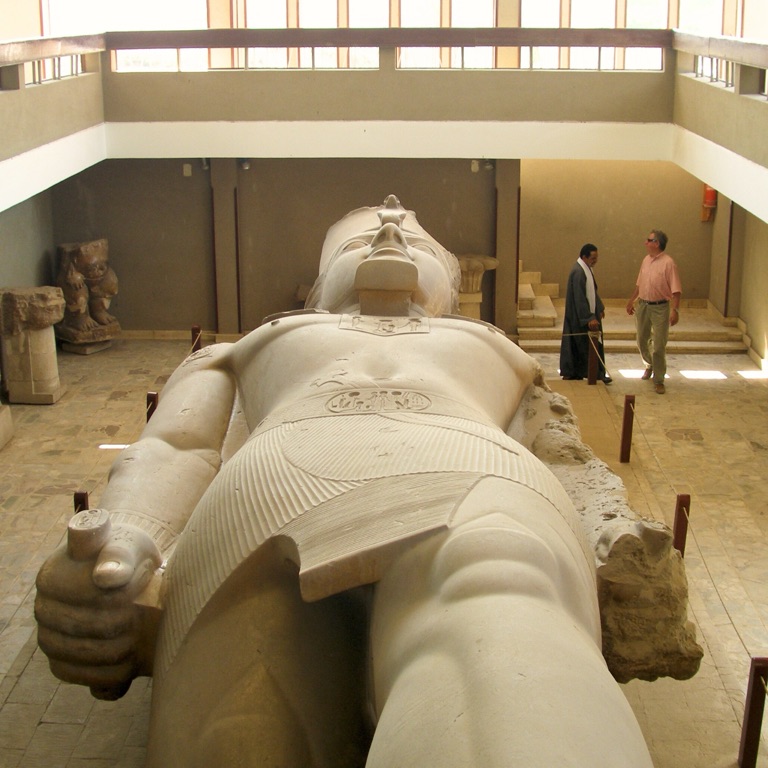
Ancient Egyptians in art and hieroglyphs had different skin tones, showing the various ethnicities in the area. Many had black hair and styled it in different ways, sometimes even using wigs instead.
Men typically sported beards, and both sexes wore makeup, including kohl around the eyes, believed to have protective properties. They usually made their clothing from linen, and both genders popularly wore jewelry. It’s important to note that artistic conventions in Egyptian art may not always accurately reflect their true physical appearance.
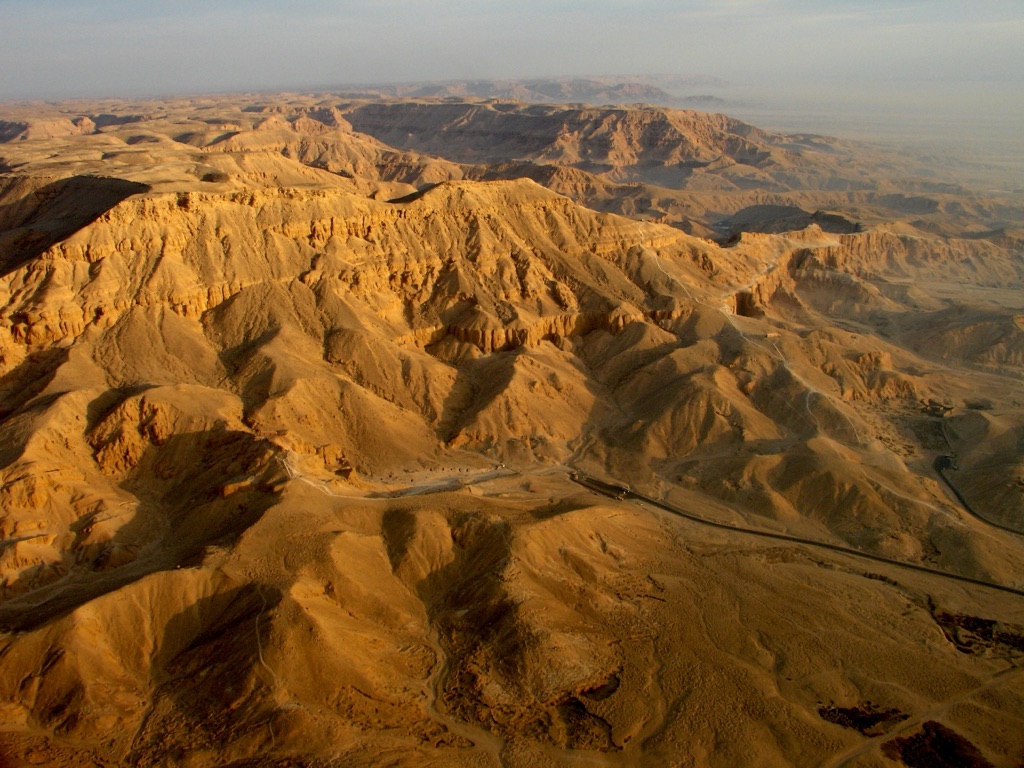
The Valley of the Queens is an important historical and archaeological site located near the ancient city of Thebes, now modern Luxor, in Egypt. It served as a burial ground for the wives and children of Pharaohs during the New Kingdom period (1550-1070 BC). The valley is home to more than 90 tombs, intricately decorated with religious and magical texts and scenes. The most famous tomb is that of Queen Nefertari, the wife of Ramesses II, renowned for its vibrant and well-preserved wall paintings.
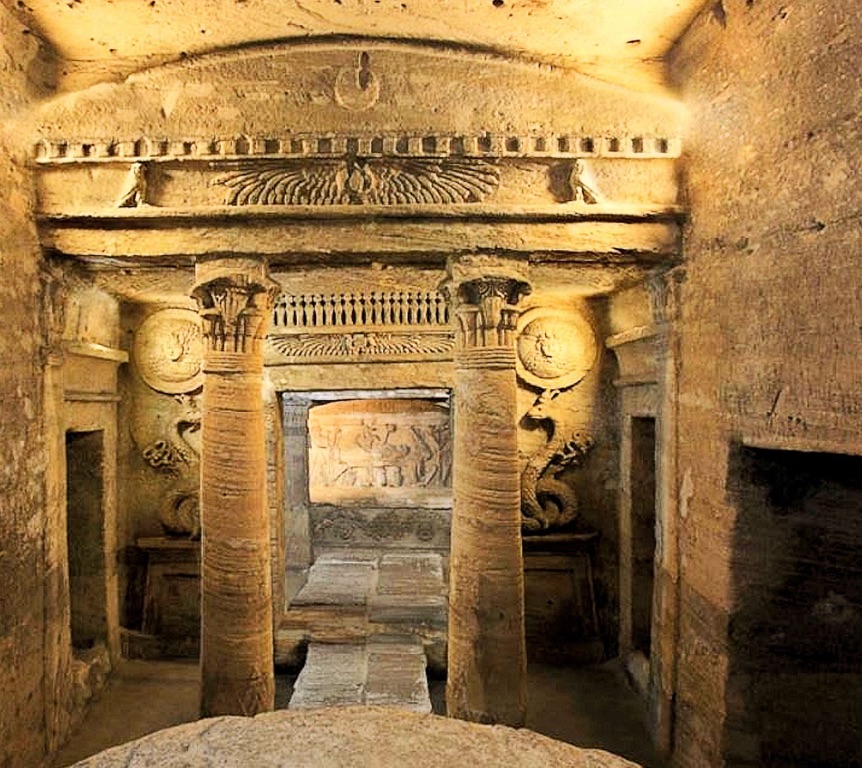
The Catacombs of Kom el Shoqafa, located in Alexandria, Egypt, is a historical archaeological site considered one of the Seven Wonders of the Middle Ages. The necropolis consists of a series of Alexandrian tombs, statues, and archaeological objects of the Pharaonic funeral cult with Hellenistic and early Imperial Roman influences. The catacombs were likely used as a burial site from the 2nd century to the 4th century AD. The name ‘Kom el Shoqafa’ translates to ‘Mound of Shards’, referring to the heaps of pottery and terra cotta that were left by visitors who would eat food during their visit, then break their plates, as it was considered unlucky to take them back home.
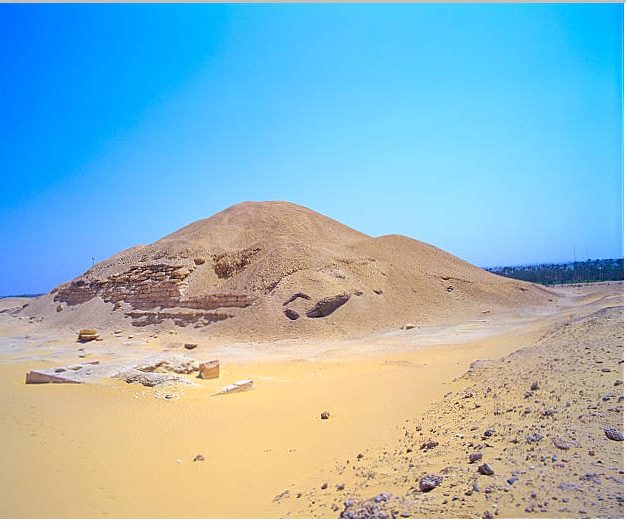
The Pyramid of Amenemhet I, also known as the “Pyramid of Lights,” is a historical monument located in the southern part of the Dahshur necropolis in Cairo, Egypt. Constructed during the 12th Dynasty by Pharaoh Amenemhet I, this pyramid stands as a testament to the architectural prowess and cultural richness of Ancient Egypt. Unlike the pyramids built during the 4th Dynasty, the Pyramid of Amenemhet I was constructed using a core of mudbricks and covered with a casing of limestone, a technique that was popular during the Middle Kingdom. This pyramid is particularly notable for its unique burial chamber design and the complex of surrounding structures.
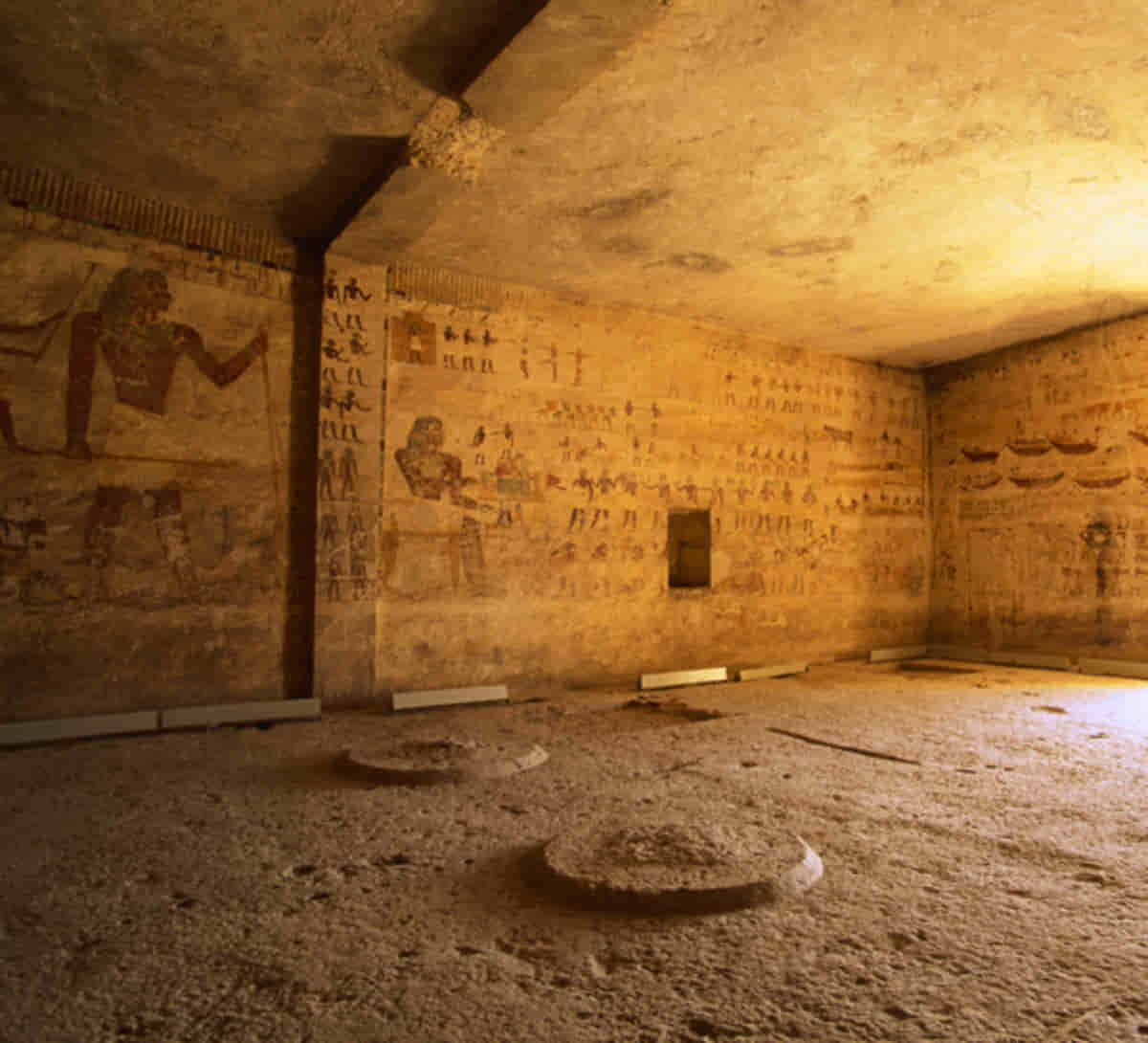
The Beni Hasan Tombs are a collection of ancient Egyptian burial sites located near the modern village of Beni Hasan in Middle Egypt. These tombs, dating back to the Middle Kingdom period (2055-1650 BC), are renowned for their well-preserved wall paintings and inscriptions that provide a wealth of information about ancient Egyptian society, religion, and burial practices. The tombs are cut into the high limestone cliffs on the eastern bank of the Nile and were used as the final resting place for the provincial governors, their families, and other high-ranking officials of the Oryx nome, a region of ancient Egypt.
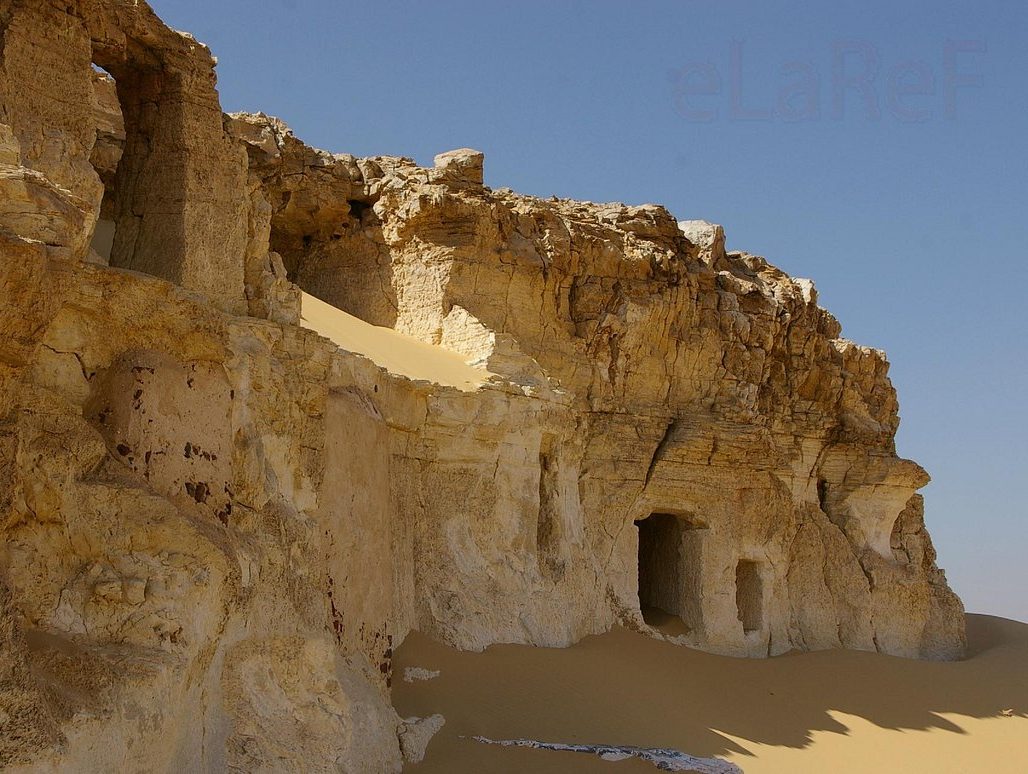
The Meir tombs are a collection of ancient Egyptian tombs located near the Upper Egyptian town of Meir. The tombs date back to the Old Kingdom and First Intermediate Period, and are known for their beautifully preserved wall paintings. These paintings depict scenes of daily life, offering a unique glimpse into the culture and society of ancient Egypt. The tombs were built for the local nomarchs and their families, and are considered some of the most important archaeological sites in Egypt.






